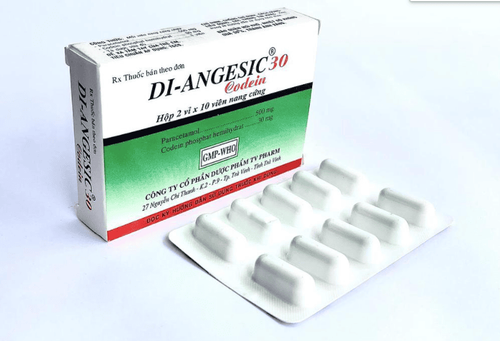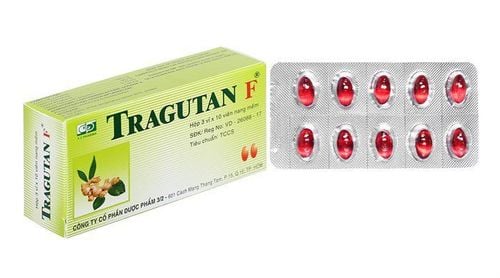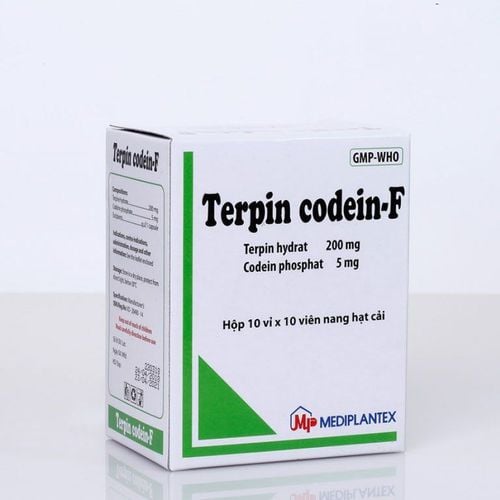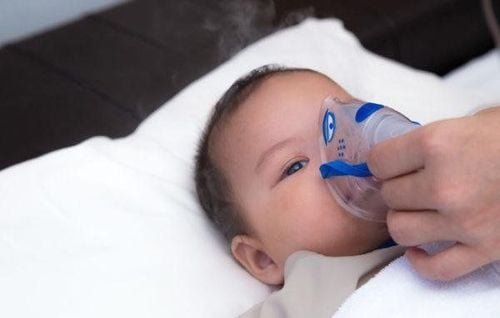This is an automatically translated article.
The article was expertly consulted by MSc Ma Van Tham - Department of Pediatrics - Neonatology, Vinmec Phu Quoc International General Hospital.In the steps of emergency resuscitation, ensuring the breathing rhythm with the heart rate is one of the first factors determining the patient's survival. Currently, at Vinmec Phu Quoc hospital, the method of continuous positive pressure breathing through the nose has been applied in many clinical cases to help restore the patient's respiratory capacity with a success rate of up to 95%.
1. What is NCPAP breathing?
NCPAP breathing is a method of breathing support for patients who are still able to breathe on their own. By using a constant positive pressure throughout the respiratory cycle, NAPCP prevents the alveoli from collapsing at the end of the exhalation cycle, increasing gas exchange in the body, while reducing functional capacity. Respiratory.2. NCPAP . ventilator
A complete NCPAP ventilator kit includes:
Sterile equipment:
Humidifier. Wiring system. Water trap. Van Benveniste. Cannula tube 20G, 22G or 23G depending on the age will choose the appropriate size. Pipe connected to the gauge. Sterile medical distilled water, alcohol 70 degrees, quick hand sanitizer solution. Cotton box.
Clean tools:
Oxygen meter, Air meter. U-shaped PEEP gauge SpO2 meter. Sputum suction device. Tape, gauze, fixing wire. Sticks, cups of clean water. In addition, a PEEP measurement table, a table of oxygen/inspiratory gas ratio FiO2.
3. Technique of continuous positive pressure breathing through the nose
3.1.Indications, contraindications of continuous positive pressure breathing method
Indications for continuous positive pressure breathing:
Apply to cases of mild and moderate respiratory failure (pneumonia, atelectasis, acute pulmonary edema, bronchial asthma...) In case of asphyxiation. Cases requiring weaning off ventilators. NCPAP mechanical ventilation applies respiratory support after surgery. Contraindications:
Undrained pneumothorax, hypovolemic shock or increased intracranial pressure. Cases of impaired consciousness, uncoordinated to run the machine. Patients with respiratory arrest and paralysis of the respiratory muscles should not use this method.
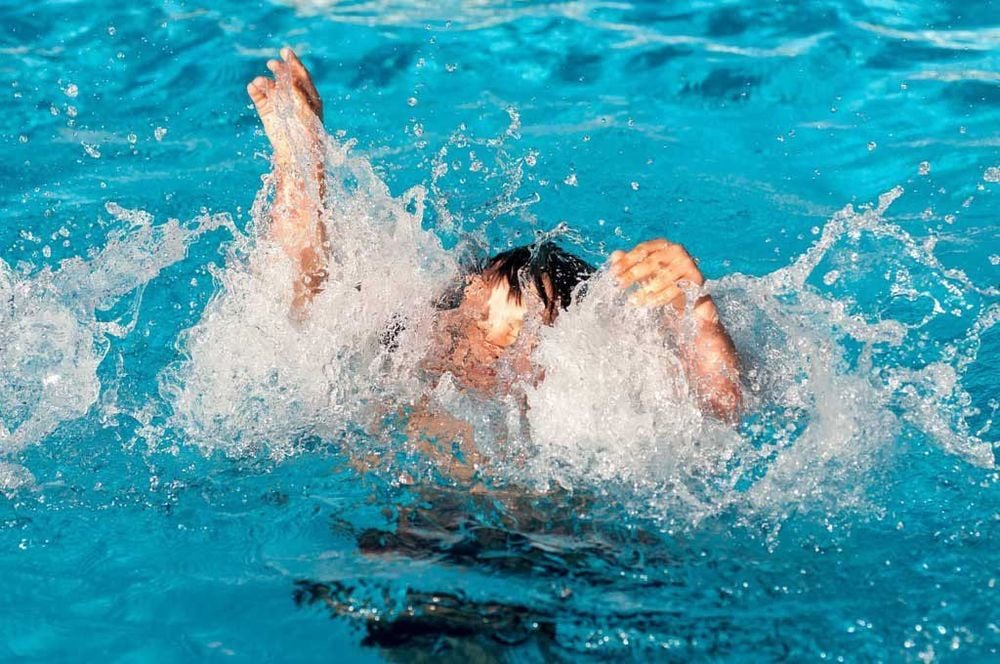
3.2.NCPAP . Technique
Install the NCPAP system:
Install the Air meter and Oxygen meter with the corresponding wires. Plug in the heater and then place the humidifier on the heating element. Attach the wire to the distilled water bottle (note the date and time should be written on the distilled water bottle for easy monitoring), unlock the water to flow into the humidifier bottle not exceeding the red line and then lock it. Attach the wires in the following order of connection: flowmeter - humidifier - water trap - lead wire - Benveniste valve. Attach the connecting tube one end to the Benveniste valve, the other end to the U-shaped PEEP gauge. Note that the water trap is fixed lower than the patient. Turn on the power button on the stove to warm and adjust the temperature. Attach the cannula tube to the Benveniste valve. Select inspiratory pressure:
Starting pressure is usually 4-6 cmH2O. Select a flow equivalent to the desired pressure. Increase the pressure to 1-2 cmH2O, every 15-30 minutes. Reduce pressure when patient is stable to 4cmH20 and then stop. Conduct NCPAP breathing: after everything is stabilized according to the doctor's instructions, proceed to let the patient breathe through the cannula that is connected to the NCPAP system.
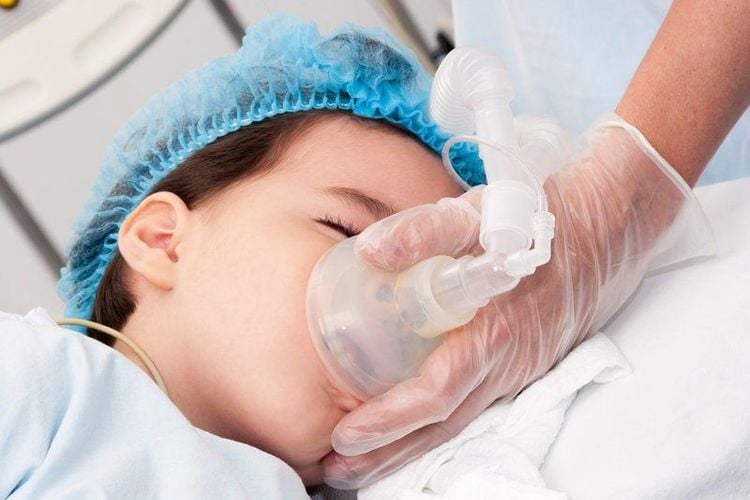
Choose FiO2:
For patients with severe respiratory failure: 100% For patients with mild respiratory failure: 40% Increase FiO2 by 10% every 15-30 minutes. Reduce FiO2 to less than 40% when the patient is fine and then stop. Monitoring and evaluating NCPAP breathing efficiency:
Clinical manifestations: regularly monitoring the patient's vitals, especially after the first hours of running the machine:
Breathing rate and breathing pattern ensure to minimize the risk of complications. Respiratory depression of opioid analgesics used in anesthesia. Heartbeat. Blood pressure. SpO2. Blood gas test:
pH indicator. Index PaO2 (mmHg), ratio PaO2/FiO2. PaCO2 index (mmHg). HCO3 index (mmol/l). The NCPAP method fails when:
Symptoms of respiratory failure, apnea show no signs of improvement after 30 minutes of continuous positive airway pressure. SaO2 < 91% / PaO2 < 60 mmHg with pressure of 10 cmH2O and FiO2 80 -100%. The PaCO2 index is greater than 55 mmHg. Examine and consider re-intubation and then select the patient's aggressive resuscitation approach.
4. Notes when giving the patient continuous positive airway pressure through the nose
Regularly monitor the operation of the NCPAP ventilator system. Measure and record fully the respiratory indices as well as vital signs before, during and after the ventilator, especially when these parameters show signs of parameter change. Regularly observe and monitor clinical manifestations as well as laboratory indicators to promptly detect complications and handle them. Technical manipulations are carried out according to expertise to ensure that the patient's resuscitation process goes smoothly. NCPAP is currently one of the methods of respiratory support for patients, widely used in hospitals and major medical centers in Vietnam as well as in the world.
At Vinmec Phu Quoc International General Hospital, NCPAP is applied to pediatric patients with respiratory failure performed by Doctor Ma Van Tham - Pediatrician.
The hospital is equipped with a modern NCPAP ventilator system, which adjusts the pressure corresponding to the patient. The quiet and sterile hospital room space helps the patient not to spread the disease with other patients, the body recovers quickly, and the hospital stay is reduced.
Please dial HOTLINE for more information or register for an appointment HERE. Download MyVinmec app to make appointments faster and to manage your bookings easily.





